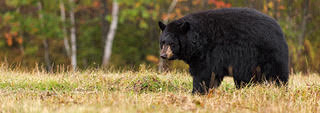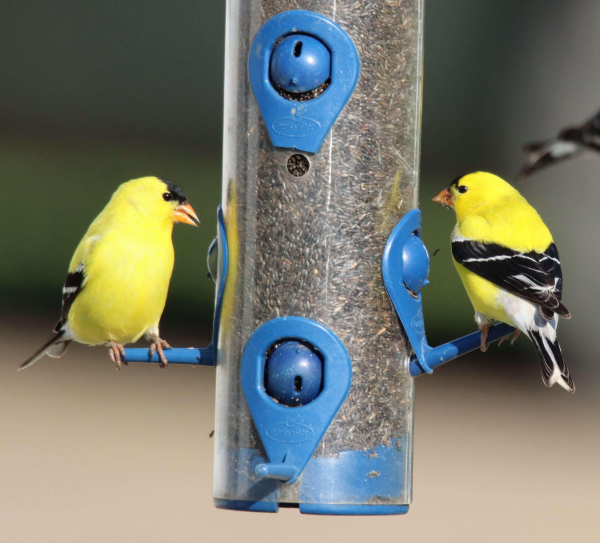A Helping Hand for Old Apple Trees
By Glen Wunderlich
A sure sign that deer season is upon us becomes obvious each year: bags of bait at every corner store and gas station. High on the list of preferred foods is apples and this year Michigan has them in record numbers. While I’m not into hauling buckets of bait to the field, I am well aware of where the wild apple trees are growing; so are the opportunistic deer.
To begin, I am not an expert on the subject of growing fruit trees, but I am smart enough to know where to turn for advice. In Ed Spinazzola’s book, Ultimate Deer Food Plots, an entire chapter written by Charlie Morse (www.MorseNursery.com) is devoted to the subject. Also, on the website provided, a forum is available for those that have specific questions.
Charlie describes how to choose trees for planting and how to protect them from damage in the wild. All good stuff, but what if you already have some established fruit trees that have been neglected over the years? Here are some tips to bring them back.
The best time to prune them is when they are not actively growing and when the absence of leaves allows for the best assessment of how to begin.
Dead and dying branches are first to go. Make sure to make a small cut underneath limbs before lopping them off, so the cut can be completed cleanly. This helps the tree heal without inviting insects into the wounds.
Fruit trees tend to grow branches in all directions and chances are that a good pruning will help the yield. If severe pruning is required, make sure to take no more than one-third of the existing branches off; trees in this condition may take several years to get back into shape. Just don’t attempt to catch up all at once.
But, what shape is good shape? Fruit trees should not have a central leader – a prominent, strong limb growing through the center of the tree. While hardwoods such as oak, maple and hickory are best grown straight up, fruit trees are a different matter.
In essence, the middle of the branch structure should be open with no central leader. Begin eliminating branches that are reaching for the sky and those that are growing toward the center of the tree.
If there are branches that have been affected by insects or show other types of damage, cut them back.
Branches that are touching each other will be problematic sooner or later, so it’s best to eliminate those that do not conform to your overall plan for growth. Also, locate branches that will be rubbing on other branches in the near future and remove the most undesirable.
Also, look for other trees or vegetation that may be impinging of the apple tree’s growth and sunlight. Either remove them or severely cut them back.
It may take more than one season to get trees back on track. Spraying and fertilizing can complete the picture of health but a good dose of trimming costs no more than time – time well spent, for sure.





